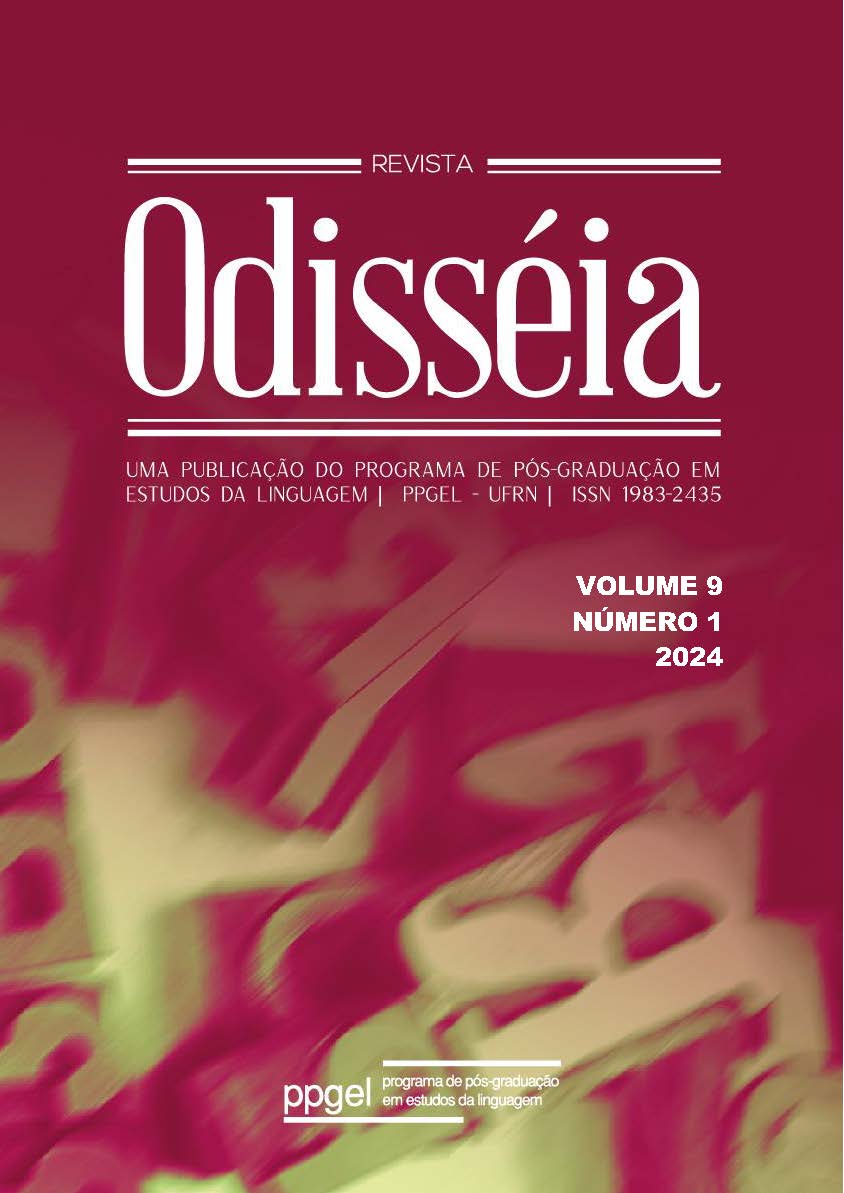QUAREPE: ASYMMETRIES IN (INTER)CULTURAL REPRESENTATIONS OF THE LUSOPHONE WORLD
DOI:
https://doi.org/10.21680/1983-2435.2024v9n1ID34635Keywords:
QuaREPE, Portuguese as a Foreign Language, Culture, InterculturalityAbstract
In this article, we intend to present a qualitative and descriptive analysis on how the Quadro de Referência para o Ensino Português no Estrangeiro (QuaREPE) deals with the issues of diversity and interculturality. It is important to point out that, in recent decades, there has been a lot of discussion about the importance of developing intercultural competence in foreign language learners. However, in educational practices and teaching materials, the implementation of these precepts is still not a reality. Thus, questions arise on how QuaREPE deals with the cultural issue and to what extent it is intercultural indeed. Therefore, we aim to analyze whether QuaREPE, in fact, establishes an intercultural dialogue between learners, recognizing the cultural diversities. Thereunto, we tabulate all the task commands from the second part of QuaREPE, “Tasks, Activities, Exercises and Resources for Assessment”, analyzing with more details three proposals of activities. Our theoretical approach is constituted by authors such as Kramsch (1998); Byram, Gribkova e Starkey (2002); Bennett (2013); and Agar (1994), among others. As a preliminary result, we point out that the QuaREPE (guiding document) adopts a Eurocentric perspective, promoting only the Portuguese culture. Thus, it is a document that presents unsuccessful practices regarding the effective development of intercultural awareness.
Downloads
References
AGAR, M. Language shock: understanding the culture of conversation. New York: William Morrow, 1994.
BENNETT, M. J. Basic Concepts of Intercultural Communication: paradigms, principles e practices. 2. ed. [s.l.], Intercultural Press, 2013.
BHABHA, H. O local da cultura. Belo Horizonte: Editora UFMG, 1998.
BYRAM, M.; GRIBKOVA, B.; STARKEY, H. Developing the intercultural dimension in language teaching: a practical introduction for teachers. Language Policy Division, Directorate of School, Out-of-School and Higher Education, Council of Europe, 2002.
CORBETT, J. An Intercultural Approach to English Language Teaching. Clevedon: Multilingual Matters LTD, 2003.
FERREIRA, I. A. Perspectivas interculturais na sala de aula de PLE. In: SILVEIRA, R. (org.). Português língua estrangeira: perspectivas. São Paulo: Cortez, 1998. p. 39-48.
FLEURI, R. M. Desafios à educação intercultural no Brasil. Educação, Sociedade e Cultura. Porto, n. 16, p. 45-62, 2001.
GROSSO, M. J. et al. QuaREPE – Quadro de Referência para o Ensino Português no Estrangeiro. Documento Orientador. Lisboa: Ministério da Educação, 2011.
GROSSO, M. J. et al. QuaREPE – Quadro de Referência para o Ensino Português no Estrangeiro. Tarefas, Atividades, Exercícios e Recursos para a Avaliação. Lisboa: Ministério da Educação, 2011b.
KRAMSCH, C. Language and culture. Oxford: Oxford University Press, 1998.
MEYER, R. M. de B. Para o bem ou para o mal: a construção de identidade pelo falante de PL2E a partir de estereótipos de brasilidade – uma questão intercultural. In: MEYER, R. M. de B. (org.). Português para Estrangeiros: questões interculturais. Rio de Janeiro: PUC, 2013. p. 13-34.
MENDES, E. O português como língua de mediação cultural: por uma formação intercultural de professores e alunos de PLE. In: MENDES, E. Diálogos interculturais: ensino e formação em português língua estrangeira. Campinas: Pontes, 2011. p. 139-158.
MENDES, E. Por que ensinar língua como cultura? In: SANTOS, P.; ORTIZ, M. L. (org.). Língua e cultura em contexto de ensino de português para falantes de outras línguas. Campinas: Pontes, 2010. p. 53-77.
OLIVEIRA, L. A. Métodos de ensino de inglês: teoria, práticas e ideologias. São Paulo: Parábola Editorial, 2014.
PAIVA, A. F.; VIANA, N. A interculturalidade no ensino de línguas estrangeiras: reflexões acerca da competência (comunicativa) intercultural. Portuguese Language Journal, V. 11, p. 234-254, 2017.
Downloads
Published
How to Cite
Issue
Section
License
Copyright (c) 2024 Odisseia

This work is licensed under a Creative Commons Attribution-NonCommercial-ShareAlike 4.0 International License.
Thisa work has been licensed under Creative Commons - Atribuição - NãoComercial - CompartilhaIgual 3.0 Não Adaptada.


















